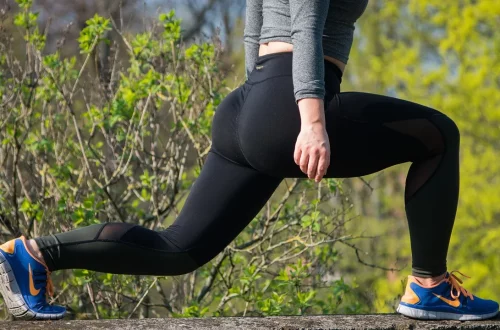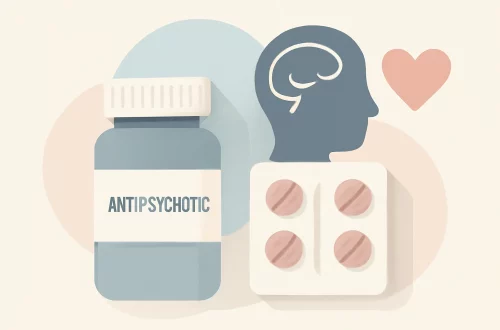
Understanding Uveal Cysts in Dogs: Causes, Symptoms, and Treatment
Understanding Uveal Cysts in Dogs: Causes, Symptoms, and Treatment
Uveal cysts in dogs are a condition that can lead to concern among pet owners when they notice changes in their furry friend’s eyes. The uveal tract, which encompasses the iris, ciliary body, and choroid, plays a crucial role in maintaining the health of a dog’s eyes. When cysts form within this structure, they may not only affect vision but could also indicate underlying health issues. It’s essential for dog owners to be familiar with the characteristics of uveal cysts, as early detection and understanding can lead to better outcomes.
While some uveal cysts may be benign and require minimal intervention, others may signal more serious conditions that necessitate veterinary attention. Being aware of the signs, potential causes, and available treatment options is vital for maintaining your dog’s overall health. As with any health concern, a proactive approach can make a significant difference. This article aims to shed light on uveal cysts, helping dog owners navigate this challenging aspect of canine health with a clearer understanding.
What Are Uveal Cysts?
Uveal cysts are fluid-filled sacs that can develop within the uveal tract of a dog’s eye. These cysts can vary in size and may be either unilateral (affecting one eye) or bilateral (affecting both eyes). Uveal cysts are typically classified as either primary or secondary. Primary uveal cysts often arise from the uveal tissue itself, while secondary uveal cysts are usually the result of underlying conditions or trauma.
The uveal tract is essential for several functions, including providing nutrients to the eye and controlling the amount of light that enters. When cysts form in this area, they can sometimes interfere with these functions. Although many uveal cysts are benign and asymptomatic, some may cause discomfort or vision problems depending on their size and location.
In many cases, uveal cysts are discovered incidentally during routine veterinary examinations. However, if a dog exhibits any signs of eye discomfort, such as squinting, excessive tearing, or changes in behavior, it is crucial to seek veterinary advice. A veterinarian can perform a thorough eye examination to determine the nature of the cyst and whether any treatment is necessary.
Understanding the nature of uveal cysts can help dog owners feel more confident in managing their pet’s eye health. Regular check-ups and vigilance for any changes in behavior or appearance can lead to early detection, which is crucial for effective treatment and management.
Common Symptoms of Uveal Cysts
Identifying uveal cysts can be challenging for dog owners, as many cysts may not present obvious symptoms. However, there are several signs that may indicate the presence of a uveal cyst or other eye-related issues. Awareness of these symptoms can help pet owners seek timely veterinary intervention.
One of the most common signs is a change in the appearance of the eye. This might include the presence of a visible cyst or a cloudy appearance of the cornea. In some cases, the eye may appear red or inflamed, indicating irritation or underlying issues. Dogs may also exhibit behavioral changes, such as increased sensitivity to light, squinting, or pawing at the eye.
Excessive tearing or discharge from the eye can also be a symptom of uveal cysts. This discharge may be clear or contain mucus, and it can lead to further irritation of the eye. Additionally, if a dog is experiencing discomfort, it may become more aggressive or withdrawn, showing signs of anxiety or stress.
In more severe cases, uveal cysts can lead to complications such as glaucoma or retinal detachment. If a dog displays symptoms such as vision loss, a sudden change in pupil size, or signs of pain (such as vocalization or reluctance to play), immediate veterinary attention is critical. Early intervention can help prevent more serious complications and ensure the best possible outcome for the dog.
Monitoring a dog’s eye health is an essential part of responsible pet ownership. Regular veterinary check-ups can help catch potential problems early and maintain the overall well-being of your pet.
Causes and Risk Factors
The exact causes of uveal cysts in dogs can vary widely. While some cases may be idiopathic, meaning the cause is unknown, several risk factors have been identified. Understanding these factors can assist pet owners in recognizing potential issues and taking preventive measures.
Genetic predisposition plays a role in the development of uveal cysts. Certain dog breeds may be more susceptible to eye conditions, including uveal cysts. Breeds such as the Golden Retriever, Labrador Retriever, and Shih Tzu have shown a higher incidence of eye-related issues, including cyst development. Therefore, if you own one of these breeds, being vigilant about eye health is especially important.
Another contributing factor can be trauma to the eye. Dogs that engage in rough play, or those who are frequently in environments with potential hazards, may be at a higher risk of developing uveal cysts. Additionally, underlying conditions such as inflammation, infections, or previous eye surgeries can lead to the formation of cysts. Chronic conditions like uveitis can also predispose a dog to develop uveal cysts as a secondary effect.
Environmental factors may also play a role. For example, exposure to allergens or irritants can lead to inflammation of the eye, increasing the likelihood of cyst formation. Keeping your dog’s environment clean and free from irritants can help reduce the risk of developing these eye conditions.
Preventative measures, such as regular veterinary check-ups and monitoring for any signs of eye issues, can help dog owners manage the risk of uveal cysts effectively. Early detection and prompt treatment can lead to better outcomes and maintain the quality of life for your furry friend.
Treatment Options for Uveal Cysts
When it comes to treating uveal cysts in dogs, the approach can vary significantly based on the individual case. In many instances, if the cyst is small and asymptomatic, no treatment may be necessary. Regular monitoring by a veterinarian is often all that’s required. However, if the cyst is causing discomfort or affecting the dog’s vision, treatment options can be explored.
One common method of treatment is the observation approach, where the veterinarian monitors the cyst over time. This is particularly appropriate for benign cysts that do not exhibit symptoms. Regular check-ups allow the veterinarian to track any changes in size or appearance and decide if intervention is needed.
In cases where the cyst is larger or symptomatic, surgical intervention may be recommended. The procedure typically involves the removal of the cyst, which can alleviate symptoms and prevent further complications. Surgery is generally considered safe, but as with any surgical procedure, there are risks involved that should be discussed with your veterinarian.
Medications may also play a role in treatment, particularly if the cyst is associated with inflammation or infection. Anti-inflammatory medications or topical treatments may provide relief and help in managing any underlying conditions contributing to the cyst’s presence.
After treatment, follow-up care is essential to ensure that the area heals properly and to monitor for any recurrence of the cyst. Regular veterinary visits can help catch any potential issues early and maintain the health of your dog’s eyes.
As always, if you suspect that your dog may have a uveal cyst or any other eye-related issue, consult your veterinarian for a thorough examination and tailored advice.
**Disclaimer:** This article is for informational purposes only and does not constitute medical advice. Always consult a qualified veterinarian for any health concerns related to your pet.




